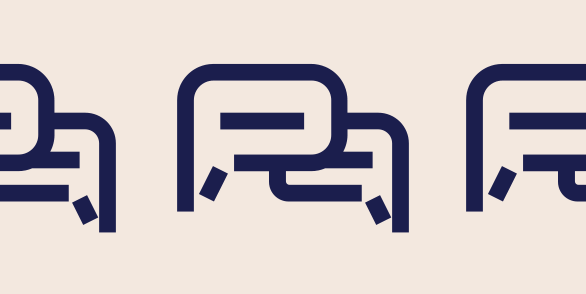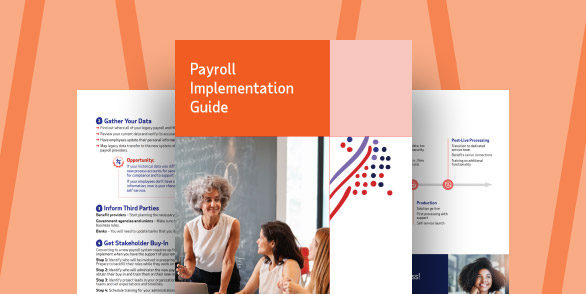Correctly paying employees on time and providing benefits are probably two of the most important responsibilities you have as an employer. Get either wrong and the morale of your workforce suffers. Even worse, you may find yourself out of compliance. Staying compliant means running payroll accurately, providing employee benefits with no lapse in coverage, filing taxes in accordance with all regulations and managing data securely.
Payroll compliance reduces cost
Late, missing, or incorrect paychecks can be expensive. Not only will you owe the back pay, but you’ll also incur the legal fees and penalties that come with employee wage claims. Automating payroll is a good way to ensure that employees are paid accurately and on time.
Lucrative employee benefits can help retain talent
Workers who are constantly worried if their doctors’ visits will be covered by the company health plan are less likely to go the extra mile for you. Insurance packages should provide adequate coverage and a user-friendly enrollment experience. A benefits administration solution can help you provide plans that will keep employees engaged and make your company a desirable place to work.
Automation eliminates tax errors and improves data security
Paying your employees is only one half of the payroll compliance equation. The other is filing taxes with government agencies and keeping accurate documentation. Doing this manually presents a host of risks:
- Employee time is wasted on making repeat or duplicate updates when details change
- Tax records or payments may have mistakes
- Government agencies may audit or fine your company for failing to meet requirements
- Irreplaceable data is lost in the event of a fire or technical malfunction
An automated payroll processing system can help with compliance. It syncs with timekeeping, benefits and other HR tools so that information only has to be updated once. What’s more, payroll software files taxes on your behalf and is cloud-based for improved data security.



